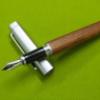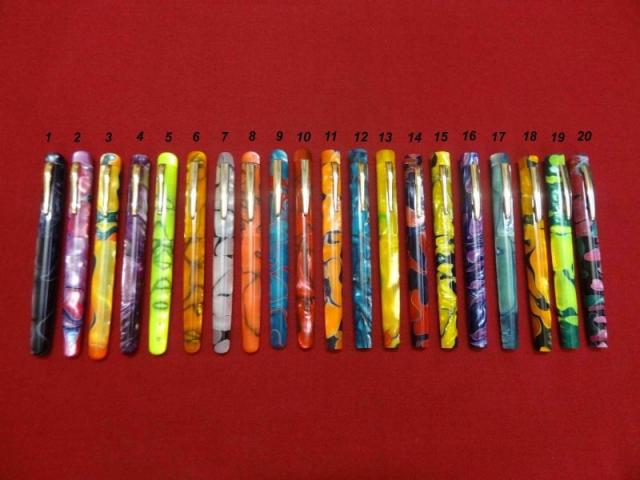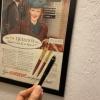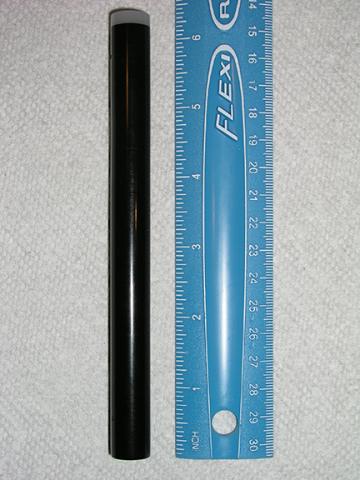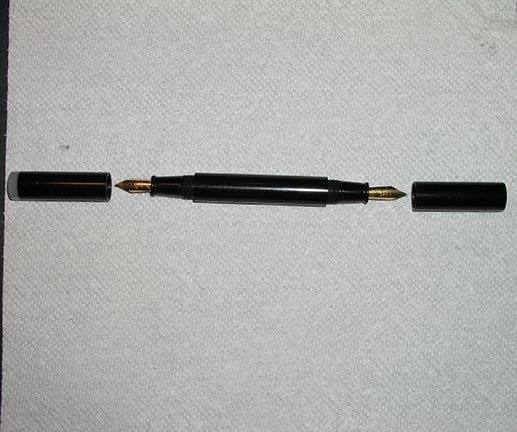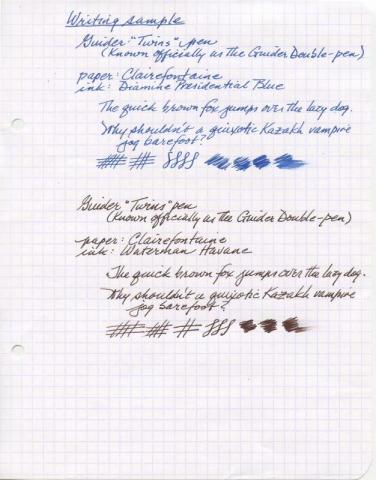Search the Community
Showing results for tags 'guider'.
-
Guider Pocket Zimbo FT: This is a recent acquisition. A custom order executed by Mr G Lakshmana Rao of Guider pen works, Rajahmundry. I am a big fan of the push cap ebonites by Guider. This is a pocket sized version of the Zimbo push cap. Guider pens are loosely classified...
- 7 replies
-
- zimbo
- guider zimbo
-
(and 3 more)
Tagged with:
-
I have been after Mr GL Rao of Guider to make this pen for my child who uses double pens for school. A push cap is very convenient for daily use. In the 1907 catalog of Parker I saw a pen called the Bookkeeper’s special no 100. This is not a recreation of that but something similar. One end is...
-
While I love giant jumbo fountain pens, the convenience of a pocket pen is unmatched. If you add to that the convenience of a push cap, the joy is doubled. Finally a seamless pen completely made of ebonite seals it. In order to fit easily in a shirt pocket, I need pens that are roughly...
-
Some pics of a push cap Guider purchased maybe a decade back. They made it in several colors and I bought all of them in a fit of fancy. This particular one was the only one that got inked. The stock tubular nib was no good but I found some replacement Hero nib with a fatter point from a shop here....
- 10 replies
-
- guider
- guider hooded nib
-
(and 1 more)
Tagged with:
-

Guider Capsule With Visconti Nib And Schimdt Nib Units Review
Samrat posted a topic in Fountain Pen Reviews
Hello everyone, This review is long due. I love this particular pen model so much just for the looks, with far less emphasis on the utility part. But surely, that’s my selfish choice not to subject these pens to the everyday rough working conditions, trying hard to preserve these absolute beauties... -
Would Guider Make Pens If You Sent Them Your Nibs?
HartGummi posted a topic in India & Subcontinent (Asia)
I was thinking of buyiing several nibs and housings straight from Kanwrite. Their range of nibs has convinced me that they are the best option for me given my budget. This still leaves me with pens in which these could be fitted. Kanwrite's pens don't interest me as much as their nibs do. I previo... -
Guider pen works is by now possibly well known on FPN with reviews dating back to 2008. They started in 1946 at Rajahmundry in Andhra Pradesh, India. Since they started under the guidance of their mentor from the famous pen making firm Ratnam and brothers, the firm was named Guider. http://guiderpe...
-

Help Me Buy My Next Indian Pen: Guider/ranga/asa?
ssataline posted a topic in India & Subcontinent (Asia)
After purchasing several of the Fountain Pen Revolution Himalayas, my appetite is whetted for more Indian pens. I've read a lot and have narrowed down the selection to these. I'd love customers to weigh in with their recommendations: ASA Translucent Acrylic Nauka Fountain Pen -- because I like... -
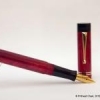
Vintage Indian Pens With Hand-Crafted Gold Nibs
Prithwijit posted a topic in India & Subcontinent (Asia)
Prologue Long before the likes of Romilo and Scriptorium reintroduced and popularized the concept of hand-crafted gold nibs customized to individual tastes & needs, there has been a set of small dedicated Indian handmade pen-makers who have been diligently doing the same out of there small workshop...- 15 replies
-
- prithwijit
- review
- (and 7 more)
-
Guider Pens are hand turned by Guider Pen Works, Rajahmundry, Andhra Pradesh, India. The company was started in 1946 by Mr. G Subbarao. At present his son Mr. Lakshmana Rao looks after the business. They still turn the pens by hand and the pen materials are acrylic, ebonite and some celluloid which...
-
Hello everyone. I went for Guider egg acrylic fountain pen impulsively after reading a review by fellow Indian FPN gold member Prithwijit for ASA Santulan. Interested persons might like to first read through the wonderful introduction about fountain pen shapes, which practically went well above my...
- 26 replies
-
This is my first topic in FPN and first fountain pen review. https://inkpensblog.wordpress.com/2016/02/24/guider-large-acrylic-in-brown/ Planning to review some more pens in the future. Some pictures of the pen below. thanks, Dinuraj
- 18 replies
-
- indianpens
- guider
-
(and 1 more)
Tagged with:
-
Hello everybody, I am pretty new to this site and don't post very often so please forgive me if this is a topic that has come up a time or two. I recently discovered Fountain Pen Revolution's website and with it the world of Indian ebonite pens. To say they intrigue me would be an understatement....
-
First impressions I knew this was a big pen and when it arrived, I wasn't disappointed Indian pens aren't exactly known for their fit and finish, but this is a pleasant deviant from that norm. Short of examining it under a loupe, I found no flaws on its body or cap. The two threads - between th...
-
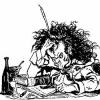
Review: Innovative Pen From India, The Guider "twins"
Woodnut posted a topic in Fountain Pen Reviews
I have just had an opportunity to ink up a fountain pen produced in India that only days ago came out of the prototype stage and is now available to the public in limited numbers. It is a stunning innovation in Indian pen design and manufacturing, and very well executed. Best of all, its price is af...- 12 replies
-
I have been meaning to get some celluloid pens from Guider Pen Works of Rajamundhry, India. I finally ordered and got these a few days back. However, this post is not about celluloid pens, but about a nice surprise I got. I ordered 2 celluloid pens and just for fun, I also ordered a Guider Baby pen...
-
Bought this from JK Pen stores in Abids, Hyderabad. He had a bunch of fountain pens in a box. Many were missing sections, nibs.. among them were few pens which looked in good shape, this being one of them. The nib was, at first, very scratchy. It felt like a shard of glass or sand being stuck be...


